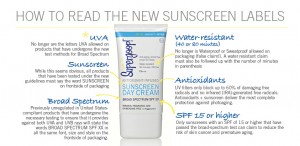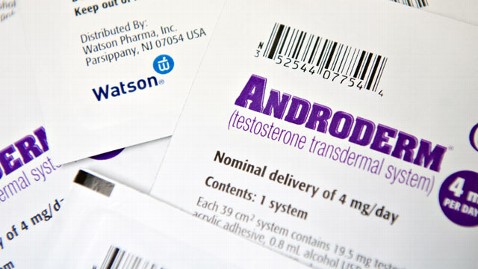Woman Disfigured by Generic Drug Loses $21 Million Award
Eight years after she was burned and blinded by a prescription drug, Karen Bartlett feels numb.
This week the Supreme Court ruled that Mutual Pharmaceutical Co., the maker of the drug Bartlett took for shoulder pain, should not be held responsible for her injuries because the company had copied the brand drug’s formula and warning label.
“I was numb,” Bartlett said of the moment her lawyer delivered the news. “I don’t even have words to describe it because I can’t believe that they would do that.”
In a five-four decision, the court ruled Monday that generic drug makers could not be sued by patients over defective drug design because they’re required by federal law to copy their brand-name counterparts. The ruling overturns the verdict from Bartlett’s 2010 New Hampshire Superior Court trial in which a jury awarded her $21 million in damages, as well as the decision by an appeals court to uphold the verdict.
“I can’t believe the Supreme Court can just say, ‘I’m sorry, you guys are wrong,'” said Bartlett, whose body is scarred from the fierce reaction to sulindac, a generic version of the nonsteroidal anti-inflammatory drug Clinoril. “It boggles my mind. I just don’t get it.”
Bartlett remembers little from the three months she spent at Massachusetts General Hospital in 2004, “wrapped up like a mummy” as the skin eroded two-thirds of her body. She was diagnosed with Stevens-Johnson syndrome, a rare and sometimes fatal reaction triggered by certain medications, including NSAIDS like Clinoril and sulindac.
The ordeal left her disfigured and legally blind. She also has lung damage and difficulty swallowing.
“I have no independence,” said Bartlett, 53, who lives off disability checks for a fraction of the salary she once earned as a secretary at an insurance company in Plaistow, N.H. “This ruined my life, basically.”‘
Motrin Lawsuit: Jury Awards Girl $10 Million for Burns and Blindness
In a lawsuit against Mutual Pharmaceutical Co., Bartlett’s lawyer argued that the company “failed to adequately warn users” about Stevens-Johnson syndrome, one of sulindac’s more serious, albeit very rare side effects. A jury in New Hampshire Superior Court agreed, awarding Bartlett the $21 million payout to cover medical and legal costs, and compensate her for “physical and mental pain and suffering” as well as “loss of enjoyment of life,” according to the complaint.
At the time of Bartlett’s reaction, sulindac’s label did not specifically warn about Stevens-Johnson Syndrome, the Supreme Court acknowledged, though it did warn that the drug could cause “severe skin reactions” and “fatalities.” But under federal law, generic drugs must be chemically identical to the FDA-approved brand-name drug and don the same warning label.
“Here, it is impossible for Mutual to comply with both its federal-law duty not to alter sulindac’s label or composition and its state-law duty to either strengthen the warnings on sulindac’s label or change sulindac’s design,” Supreme Court Justice Samuel Anthony Alito Jr. wrote in the majority opinion of the court.
In 2005, one year after Bartlett’s reaction, the Food and Drug Administration recommended changes to the labeling of all NSAIDs, including Clinoril and sulindac, to more explicitly warn about Stevens-Johnson syndrome.
Alito noted that Bartlett’s case “arises out of tragic circumstances” and “evokes deep sympathy.
“But sympathy for [Bartlett] does not relieve us of the responsibility of following the law,” he wrote.
Jay P. Lefkowitz, the lawyer who represented Mutual Pharmaceutical Co., said the ruling “vindicates the authority” of the FDA, the federal agency charged with assessing drug safety.
“The FDA has the scientific and medical expertise to make decisions about the safety and efficacy of drugs based on all of the data,” said Lefkowitz, whose office is based in New York City. “State court juries that are only looking at one example of a tragic side effect don’t have the ability to make an assessment about the safety and efficacy of a drug that millions of people use with good results.”
Lefkowitz said his “heart was filled with sympathy” for Bartlett.
“Every one of us takes prescription drugs. We give them to our kids, and this can happen to anyone,” he said. “But I think the court got it right, even though it’s obviously a tragic set of circumstances.”
Supreme Court Justice NSAIDS disagreed with the court’s decision, writing in her dissent that it “leaves consumers like Karen Bartlett to bear enormous losses on their own.”
Bartlett said, “I walk away with nothing except disability checks. They don’t seem to care that this has affected me for rest of life.”
ABC News Story: health
By KATIE MOISSE











